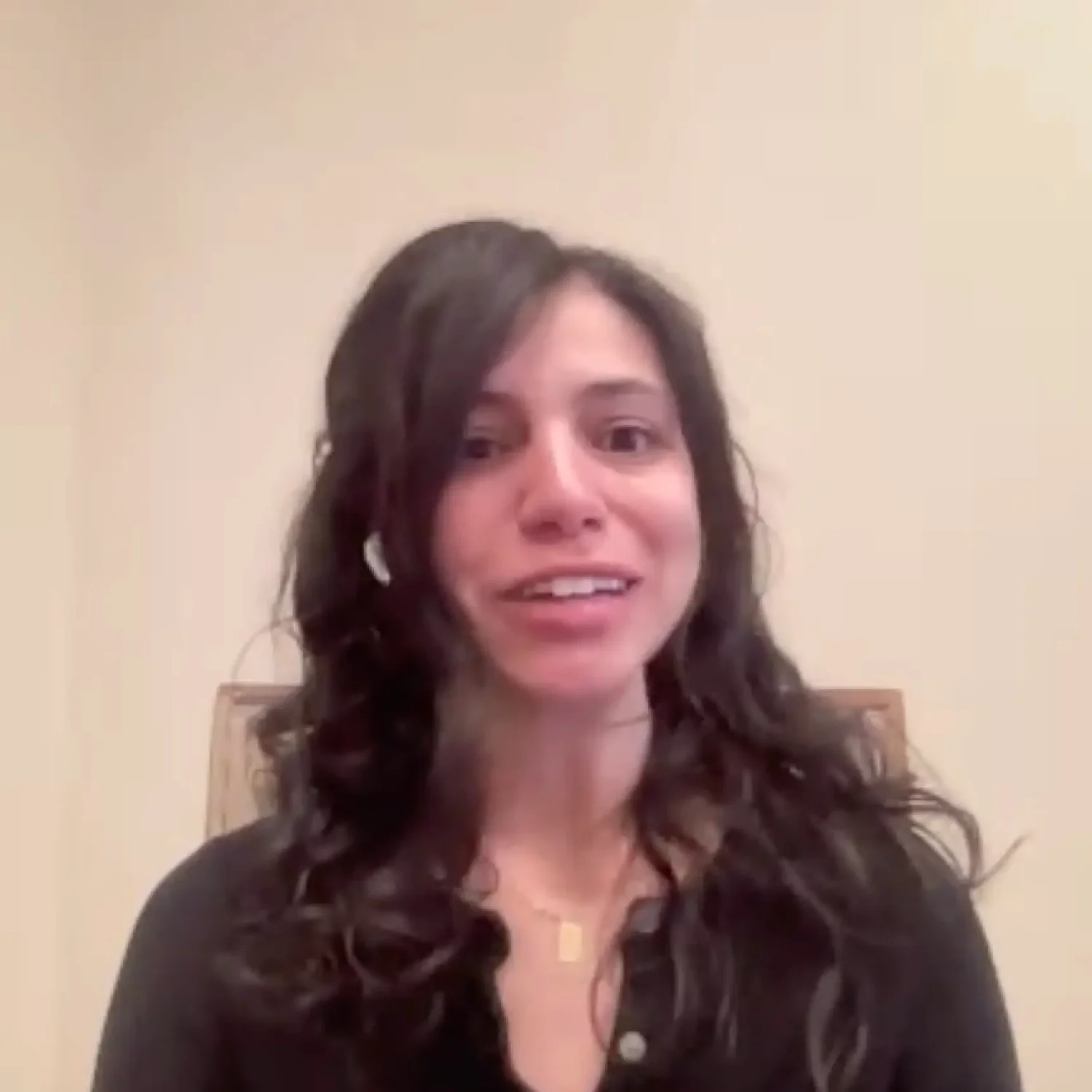You’ve had a busy day, and you plop into bed bone-tired. You get good sleep, and the next day carry on as normal. That’s what you expect, right? If you have chronic fatigue syndrome, things are much different. The next day, you wake up unrefreshed, as if you’ve gotten no sleep at all. You can barely get out of bed. When you stand up, you’re immediately lightheaded and nauseous. You have a headache you just can’t shake.
Life with chronic fatigue syndrome can often be unbearable. You want to be able to do the things you enjoy–and the things you have to do–but even brushing your teeth can feel like an insurmountable chore.

On top of that, many providers don’t understand chronic fatigue syndrome, sending those with the condition struggling to receive a diagnosis and bouncing around from treatment to treatment. Keep reading to learn more about chronic fatigue syndrome, how it's diagnosed, ways to manage symptoms, and how you can start to feel like yourself again.
Understanding chronic fatigue syndrome
Chronic fatigue syndrome (CFS) is also called myalgic encephalomyelitis (ME). “This is a serious, chronic multisystem illness that can often be disabling,” says Peter C. Rowe, MD, member of Solve M.E.’s Research Advisory Council (@solve_cfs) and director of the Children’s Center Chronic Fatigue Clinic at Johns Hopkins Medicine in Baltimore.
People with CFS may have such profound exhaustion not improved with rest, plus aches and pains and brain fog, that they’re no longer able to attend work or school or enjoy social events.
So what triggers this cascade of full-body exhaustion that you just can’t seem to shake? “Myalgic encephalomyelitis is often–but not always–triggered by factors like an infection, trauma, or surgery. However, we don’t fully understand how it develops,” says Dr. Rowe. What is clear is that even if the cause hasn’t yet been determined, your symptoms are very real. In addition, conducting deep dive testing to look for clues about what caused your CFS is important in optimizing your treatment plan.








